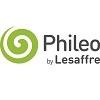
Content sponsored by:
Phileo by Lesaffre
Yeast postbiotics strengthen preventive management of S. agalactiae and A. hydrophila outbreaks in tilapia farming
Published: November 29, 2022
By: By Otavio S. Castro, Nadege Richard and Alban Caratis
Summary
Disease management and prevention are critical challenges to achieve a more efficient and environmentally friendly tilapia production. Not only do disease outbreaks cause major economic losses to the industry, but also traditional management tools such as antibiotics and antiseptic chemicals are increasingly discouraged, due to sustainability, human health safety concerns and risks of antimicrobial resistance development.
This article discusses the application of Safmannan®, Phileo by Lesaffre® yeast postbiotic, as a sustainable and effective solution to mitigate and prevent disease outbreaks in tilapia by strengthening the fish immune response and increasing survival against pathogens.
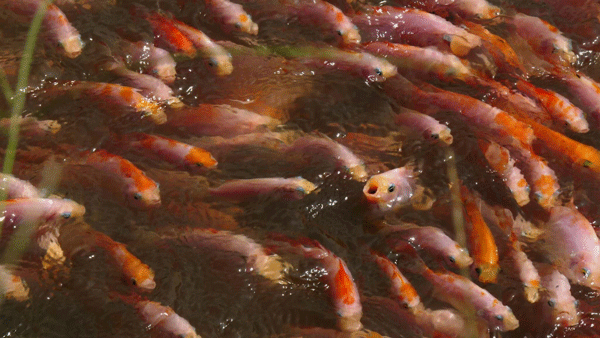
The growing cost of diseases in tilapia
Bacterial, viral and parasitic diseases can disrupt tilapia production regardless of the biological stage, production system and culture intensity. Streptococcosis (caused mainly by different serotypes of Streptococcus agalactiae and Streptococcus iniae) is one of the most impacting bacterial diseases, causing mortality rates ranging from 40% to 80% and generating high economic losses that were previously estimated at USD250 million in 2008 and around 300,000 tonnes in 2019 (Amal and Zamri-Saad 2011; Roderick 2020).
Haemorrhagic bacterial septicemia (caused by Aeromonas spp.) is also responsible for high mortality rates in tilapia farming, especially in weakened fish under stress and suboptimal nutritional and environmental conditions. In addition, there are new challenges linked with emerging and re-emerging diseases such as tilapia lake virus (TiLV), francisellosis, infectious spleen and kidney necrosis virus (ISKNV) and complex multifactorial co-infection cases. For instance, A. hydrophila can be involved in co-infections with S. agalactiae and TiLV (Basri et al. 2020; Nicholson et al. 2020). The co-infection of these pathogenic agents increases the severity of outbreaks and leads to mass mortality events.
Enhancement of immunity for improved survival
Safmannan® is a primary culture yeast postbiotic which is produced by Phileo® from a selected proprietary strain of S. cerevisiae. It has consistent physicochemical characteristics, stable concentrations and ratio of β-glucans and mannans (Figure 1), thus offering producers predictable biological outcomes during production, as demonstrated in multiple scientific trials.
Figure 1. The consistent levels of mannans and β-glucans in Safmannan® yeast postbiotic in comparison with other commercial cell wall-based products.
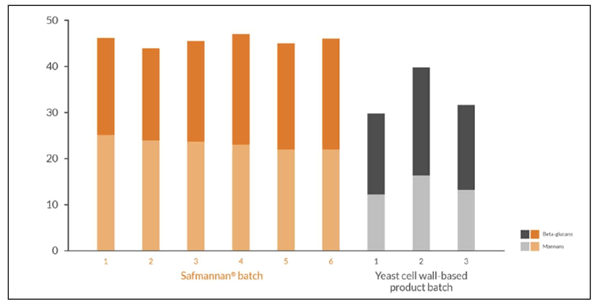
Table 1. Effects of the yeast postbiotic Safmannan® in tilapia mortality after bacterial challenge with S.agalactiae.

Figure 2. Strengthened immune response and survival against Aeromonas hydrophila after Safmannan® supplementation, evaluated by (a) lysozyme activity in the gut mucus, (b) serum IgM levels after bacterial challenge, and (c) cumulative fish mortality post bacterial challenge.

Figure 3. Effects of the yeast postbiotic Safmannan® in fish mortality after bacterial challenge with Streptococcus agalactiae. Average results calculated in different trials using supplementation dosages of 0.5 and 1.0kg/ton of feed.

Yeast-based postbiotics have the ability to strengthen the immune response of tilapia and its survival when challenged with the most detrimental pathogens, such as A. hydrophila and S. agalactiae. A trial by Phileo demonstrated that supplementation of this yeast probiotic in feeds significantly improves the innate immune response of tilapia juveniles. This was highlighted by the activation of lysozyme (an antimicrobial enzyme) in the gut mucus and by the increase of the antibody levels (IgM) in the plasma. This enhancement in immunity conferred fish a higher chance of survival when challenged with A. hydrophila (Figure 2; internal trial data conducted at ITBOCA, Vera Cruz, Mexico).
Similar performances were also observed with S. agalactiae challenges, confirming the potential of Safmannan for preventing and managing chronic and recurrent bacterial diseases of tilapia (Table 1 and Figure 3; internal trial data, conducted at Chulalongkorn University, Thailand and ShrimpVet group, Vietnam).
Figure 4. Effects of yeast postbiotic Safmannan® on the daily fish mortality after bacterial challenge with Streptococcus agalactiae using supplementation dosage of 0.5 and 1.0kg/ ton of feed. Source: Tran, Suyawanish and Tacon, 2018.
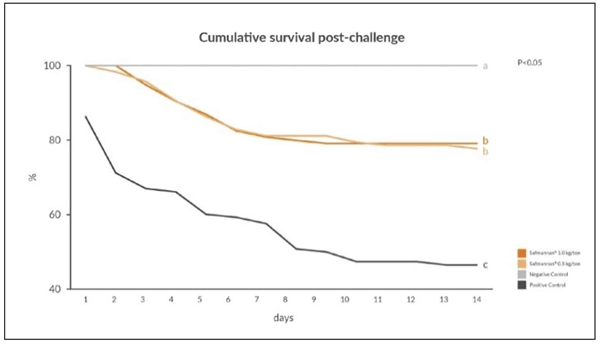
The supplementation of this yeast postbiotic is also effective in preventing mortality peaks, especially during the first day post-challenge, significantly attenuating mortality curves (Figure 4). Bacterial counting carried out after challenge in several trials revealed reduced S. agalactiae count in the gut and in the liver of Safmannan supplemented fish compared to control groups. The reduced count of S. agalactiae in the liver was also associated with lesser liver lesions (Figure 5).
Figure 5. (a) Streptococcus agalactiae counts (CFU/mL) in gut of tilapia after challenge; (b) frequency of S. agalactiae detection in the liver; (c) average total lesions frequency in the liver of tilapia submitted to S. agalactiae intra-peritoneal infection challenge. Bars indicate means and different letters above bars indicate significant differences (P < 0.01). Source: ShrimpVet group (Phileo® by Lesaffre internal trial report).
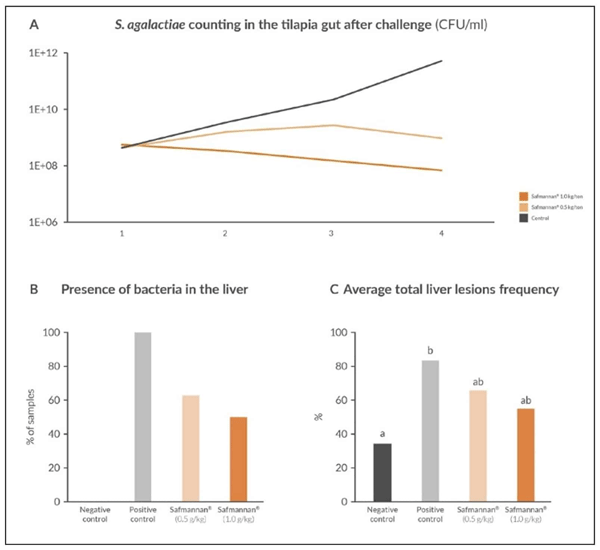
Table 1. Dosage recommendations of the yeast probiotics Safmannan® for disease prevention in tilapia in standard conditions and during high-risk periods.
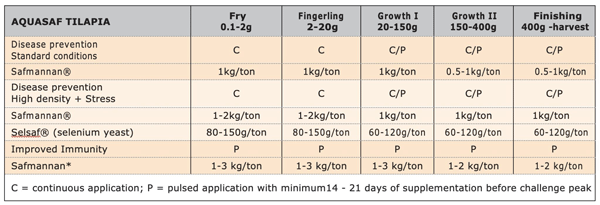
Conclusion
The rapid development and intensification of farming systems of tilapia are accompanied by a concomitant increase of the financial losses caused by disease outbreaks. By reducing pathogen pressure in the gut and increasing the immune response, Safmannan offers producers the possibility to prevent and substantially reduce the chances of mass mortalities in the presence of pathogens and therefore limit financial losses at harvest.
Based on the results obtained in laboratory and commercial trials, we have shown how this postbiotic provides a variety of solutions depending on the origin, intensity and frequency of the pathogenic challenges encountered (Table 2).
Related topics:
Authors:
Zinpro
Recommend
Comment
Share

Would you like to discuss another topic? Create a new post to engage with experts in the community.


.jpg&w=3840&q=75)